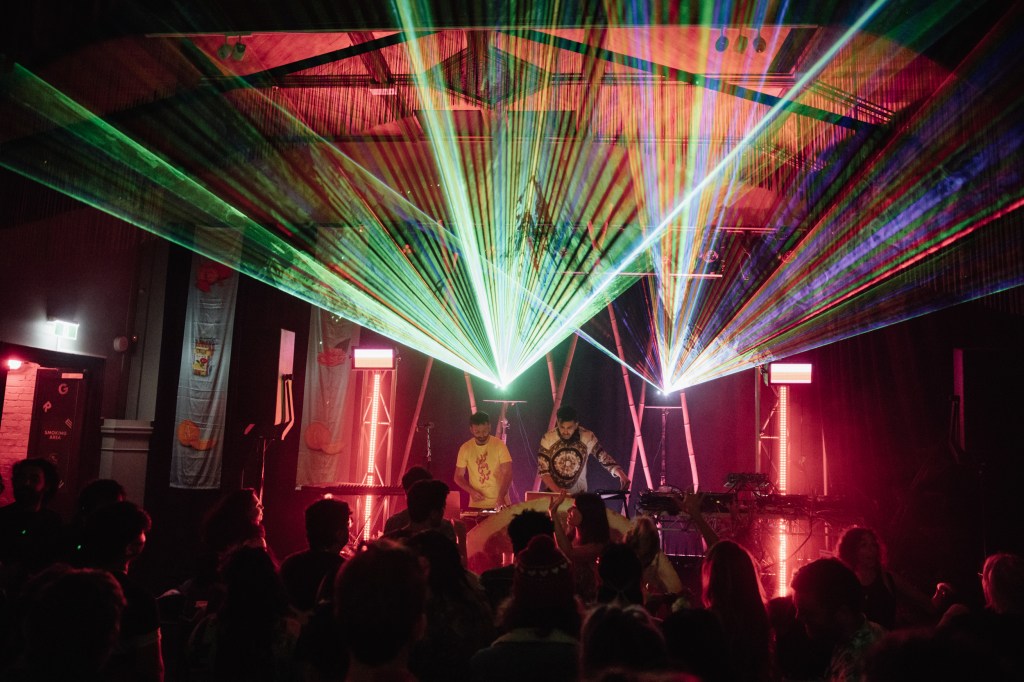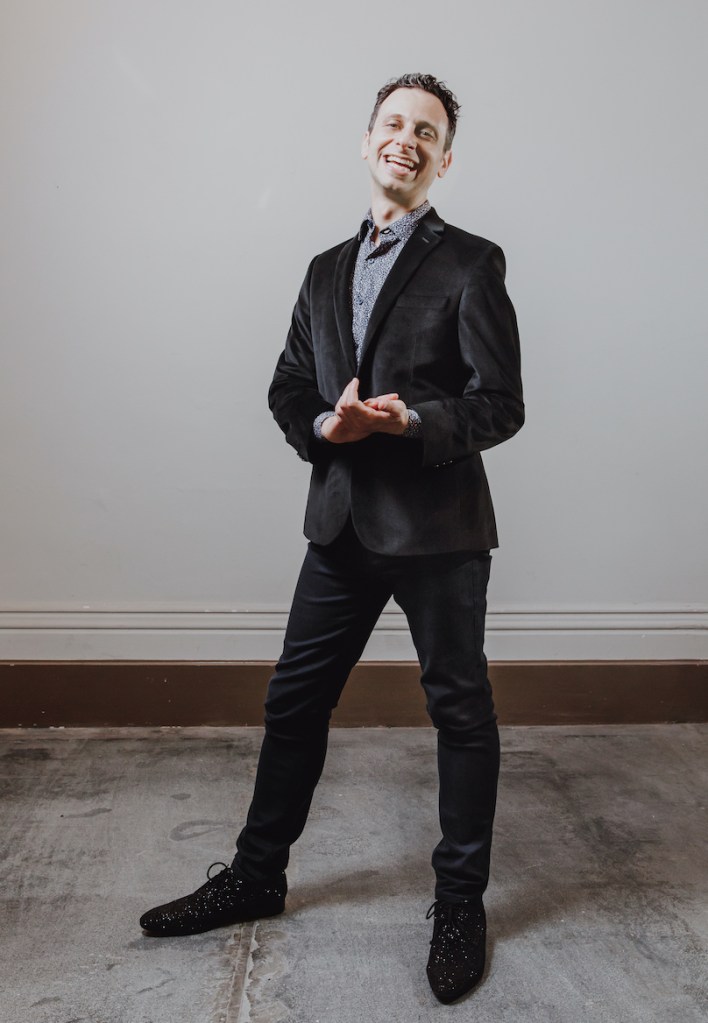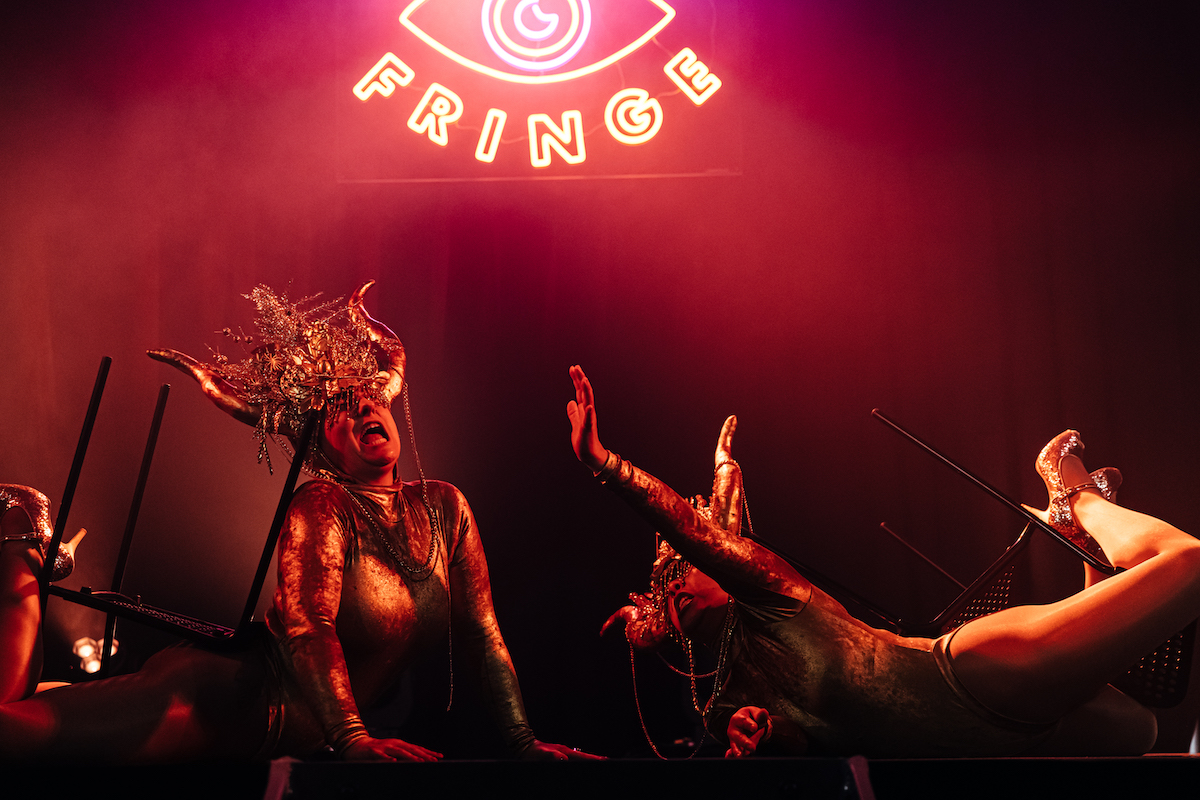Exploitative. A ponzi scheme. Amateur. Too big. Too commercial. Not commercial enough. Too risky. Not risky enough.
I’ve heard plenty of criticisms of fringe festivals, most of them fair enough. The truth is, a fringe festival isn’t for everybody, but it is for anybody who wants to be part of it. Like any democracy, it’s imperfect, but it’s a model of unique inclusion that’s become an undeniably major cultural phenomenon.
Melbourne Fringe is celebrating its 40th birthday this year, and it’s made me really examine the model – what works, what needs to change and how – and above everything else, how do we make sure we are always amplifying voices and ideas from the margins while remaining at the absolute centre point of our culture – a fringe of nothing?
Melbourne Fringe began in 1982 (several years before any international festival began in this city) and it was never – and will never be – a fringe to any other festival, but rather a celebration of the city’s alternative artistic cultures, people and places at any given time. Its job is to help the city to express itself, and it’s a responsibility not taken lightly.
The key goal has always been about discovering new artists and new things about artmaking, about discovering our city, and ultimately, about discovering new things about ourselves.
Over four decades, Melbourne Fringe has gone from something scrappy and chaotic and important, to become something meticulous and chaotic and important. It’s always been about collective action, about creating something greater than the sum of its parts and about making something current happen imperfectly – a prioritisation of relevance over virtuosity.
All of this happens by empowering artists – emerging, established and absolute amateurs – to create their own work, and to be their own gatekeepers, decision makers, curators and employers. Fringe’s open access framework means anyone can participate by bearing their own artistic and financial risk, for better or worse – and trust me, there are plenty of each.

Self-producing at the heart of open access models
Self-producing is the reality in most open access models, and the only real alternative is to create a program which reflects a curators’ own cultural biases and tastes, rather than one which resolutely reflects the ideas and preoccupations of the city’s artists at any point in time.
When money making (or beer drinking) becomes the aim, fringe festivals lose what makes them important – as a vital site of idea-testing, risk-taking and artistic expression.
But it takes great privilege for money making not to be the aim, and so if we aren’t careful, fringes can easily become a place of exclusion, rather than the kind of radical inclusion we often espouse.
The biggest mistake that a fringe festival can make is to equate open access with equal access, or to wipe our hands of the responsibility of creating a justice framework for an un-curated program.
Without direct intervention, an open access festival will simply magnify and support the dominant voices, the opposite of the fringe’s role to advocate for risk-taking, amplify difficult ideas and marginalised voices.

Melbourne Fringe’s vision of cultural democracy is not one which treats every artist equally. It’s one that supports and amplifies some voices over others without apology.
There’s funding and support for First Nations artists through Deadly Fringe, for Deaf and Disabled artists through Radical Access and for artists of colour, LGBTQIA+ peoples and ambitious, difficult ideas through the Fringe Fund. These direct payments to artists reduce financial risk by supporting registration costs, venue hire, access costs, and artist fees, among other things.
Over a million dollars has been raised (and will be distributed) through the Fringe Fund this year – three times Melbourne Fringe’s core Government funding. It’s not nearly enough to meet the need of the sector, but it’s an extraordinary intervention on top of box office takings. In true Fringe style, it’s punching well above its weight.
Interrogating the status quo is especially important after the past few years when we promised we would build back better, then came back and everything in the sector looks more or less the same.
Collectively, we’ve not yet successfully advocated for the kind of change we need to see – the kind that comes with real dollars to make sector-wide interventions into the labour conditions of artists and arts workers.
There’s a call for us to all do less, but that assumes great privilege. With static or reducing funding, increased costs of living and more and more pressure on philanthropy, doing more is for most of us the only way to pay the bills.
Doing things is how we make money and doing less simply isn’t an option.
40 years is an extraordinary milestone. I’ve been co-curating an exhibition for State Library Victoria (The Rest Is Up To You: Melbourne Fringe 1982 – 2062) and I’ve remembered things I knew – that its constant reflection of what’s important to artistic culture at any moment in time, is way ahead of where the rest of society is.
When the emphasis is on risk taking, it’s the starting place for big ideas, not just for new artists but also for super established ones.
This year Melbourne Fringe is bringing back the iconic Fringe Parade after a 21-year hiatus. It’s not coming back just because it’s a fun day out – even though I’m sure it will be – it’s coming back because now more than ever, visibility matters. It’s coming back because celebrating creativity and our community is important. It’s coming back because we need to take to the streets to march for the arts and show that cultural democracy and artistic expression matter.
There is no documented history of Melbourne Fringe, and its inherent multiplicity makes it impossible to create one. There are the facts and figures. Melbourne Fringe is where Stolen received its first reading. It’s where Tim Minchin and Barrie Kosky got their starts. It’s where Joel Bray’s Biladurang and Stephanie Lake’s Colossus were commissioned and where Moira Finucane, Maude Davey and Sammy J continue to work.
But Melbourne Fringe has never been about the big names from the past. That’s not its point. The Fringe is unapologetically about looking towards the future. In The Rest Is Up To You, we’re asking the people of Melbourne to imagine a Fringe in 2062 and to tell us what they hope artmaking will look like in 40 years. The answers will be entered into the State Library’s collection forever and (in true ambitious Fringe style) the project will continue until 2062 – when we will compare the reality of the world to 2022’s hopes and predictions.
I believe we always have the chance to write a history of the future. Will we even need a Fringe in 40 years? The rest is up to you.
Melbourne Fringe Festival runs 6 to 23 October 2022 in venues across Melbourne and online.
The Rest Is Up To You runs 6 October 2022 to July 2023 at State Library Victoria.





